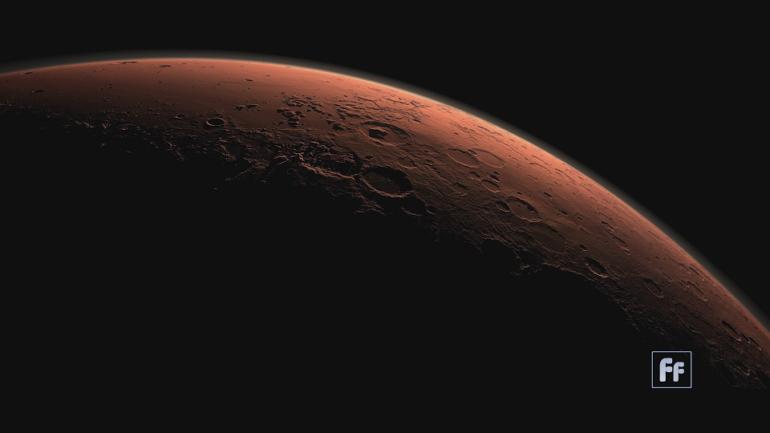Many countries have gone to the moon and back, but those trips only gave us half the story as no one had ever landed on the far side of the moon. Its surface had never been touched and no camera had ever photographed it up close. That is, until earlier this year when China’s Chang’e 4 lander and rover did just that.
But, what did they find and what does it mean for the future of space exploration? For those answers we go to Apollo veteran James Head, Geological Sciences Professor at Brown University.
Click here for more information on China’s space program
Mars is the fourth planet from the Sun, and the second nearest to Earth, but close they are not. The closest the two planets have ever gotten was in 2003 when they were 56 million kilometers apart. With today’s technology it would take about six months to get there. That’s a long flight, and that’s not counting the return trip. So, can we get there, how can we go, and when should we start packing our bags for the red planet? All that and more in the second part of our interview with Brown University Professor Jim Head.
Click here for more information on James Head
The space race of the 1960s was between the U.S. and Russia, but today you can add China, Israel, and India to the list of countries vying to explore space. All have viable space programs with ambitious plans, but will it be another race or will countries work with one another to reach Mars and beyond together?
Click here to learn how collaboration is the key to exploring space
 CGTN America
CGTN America
